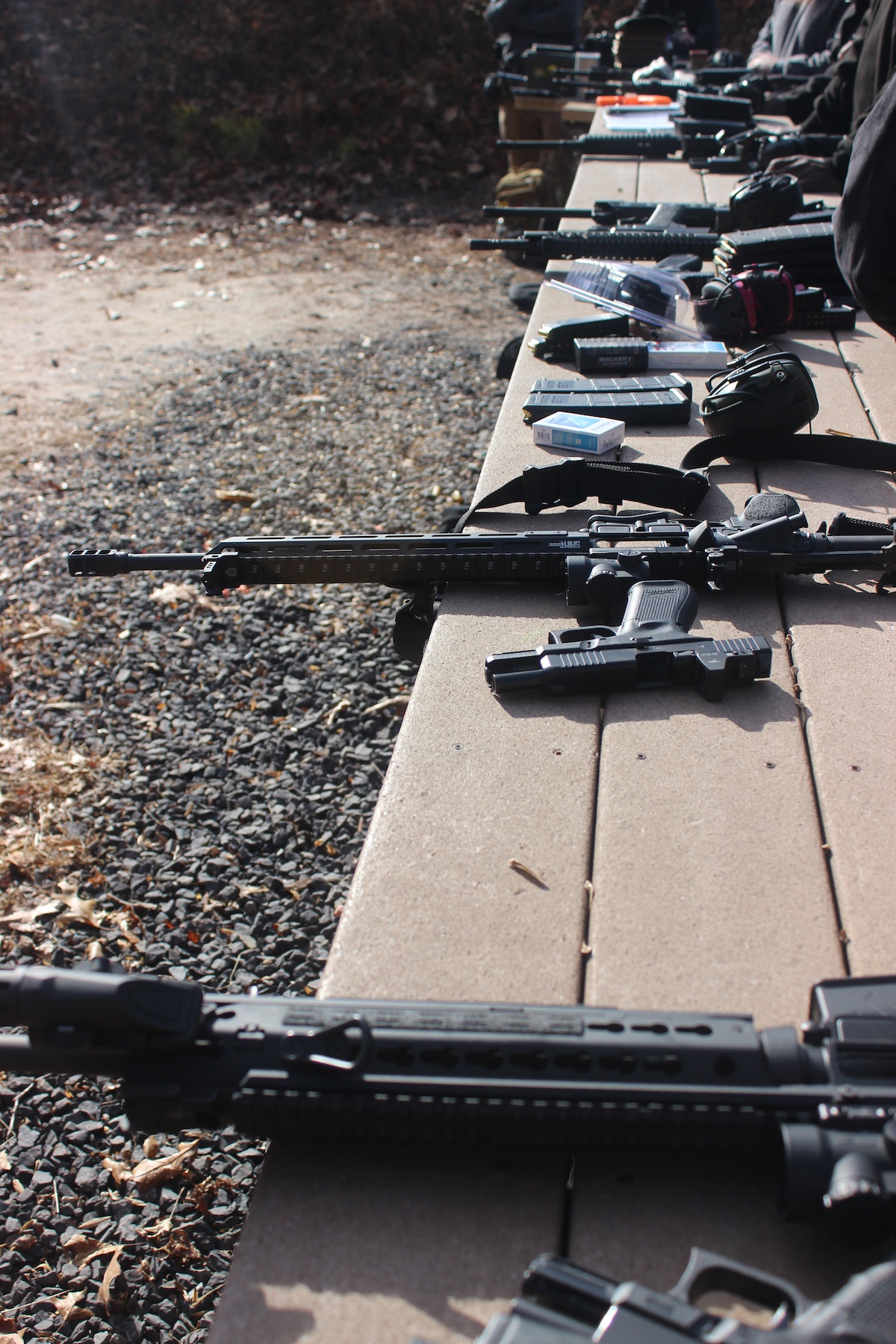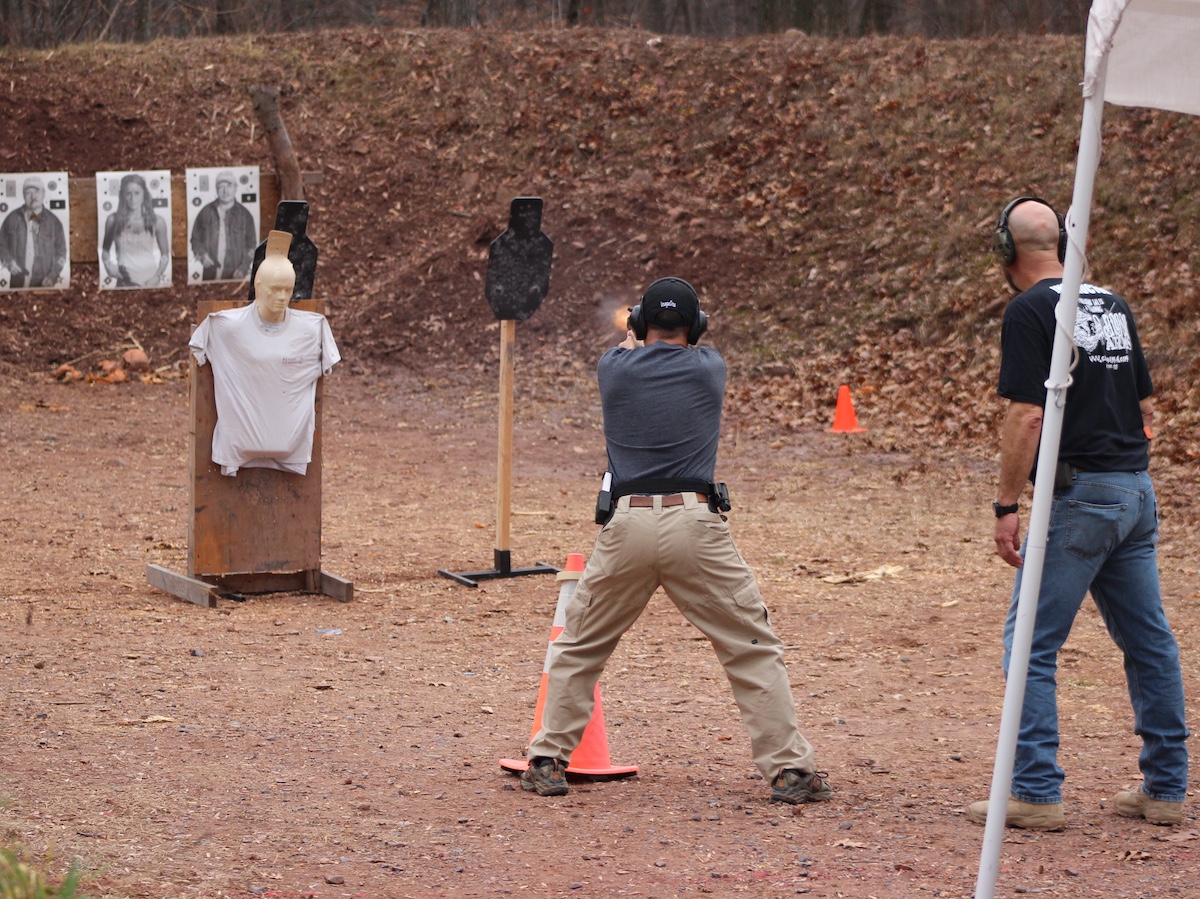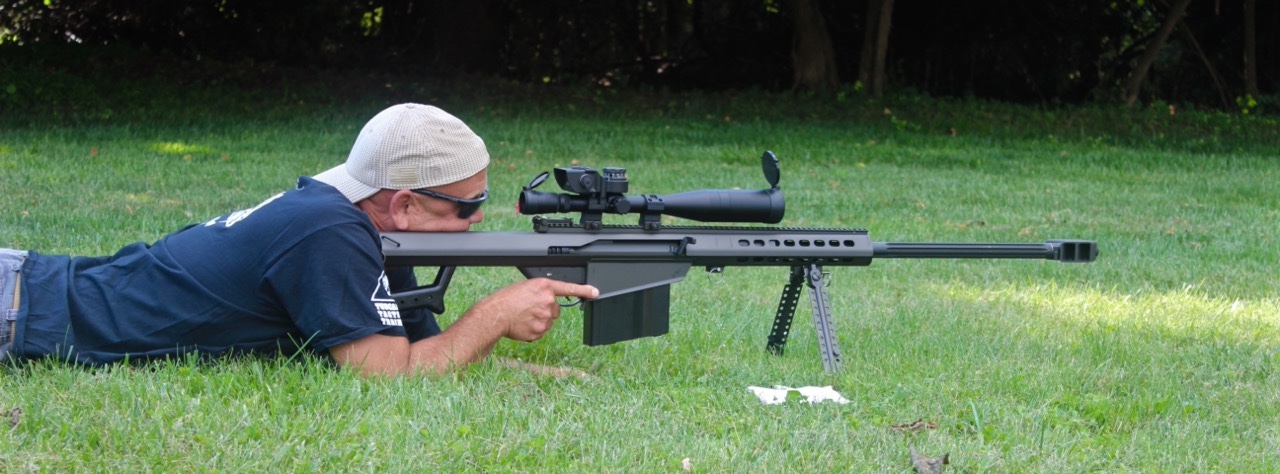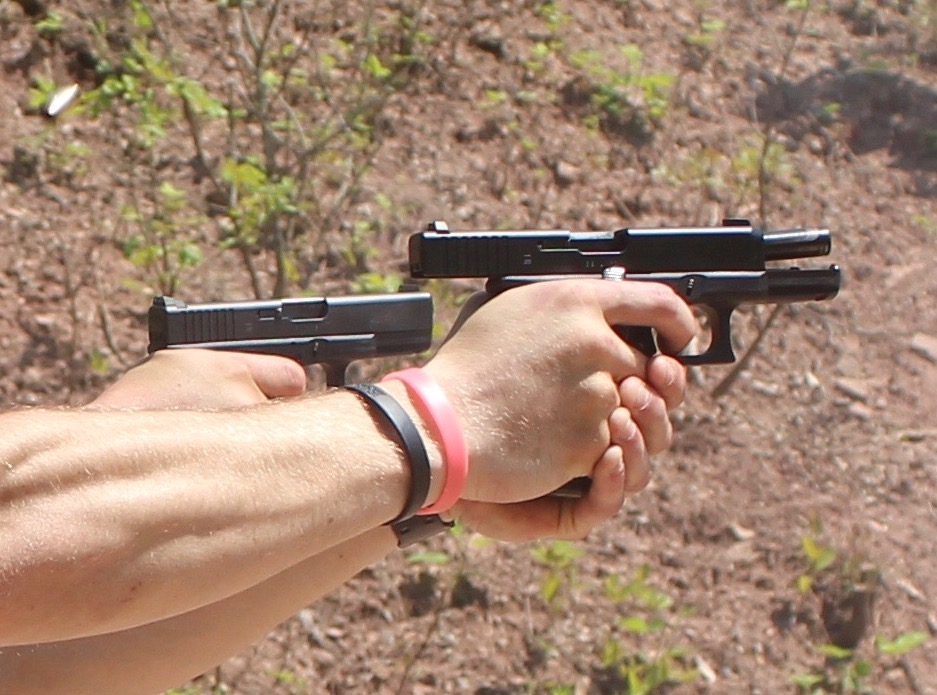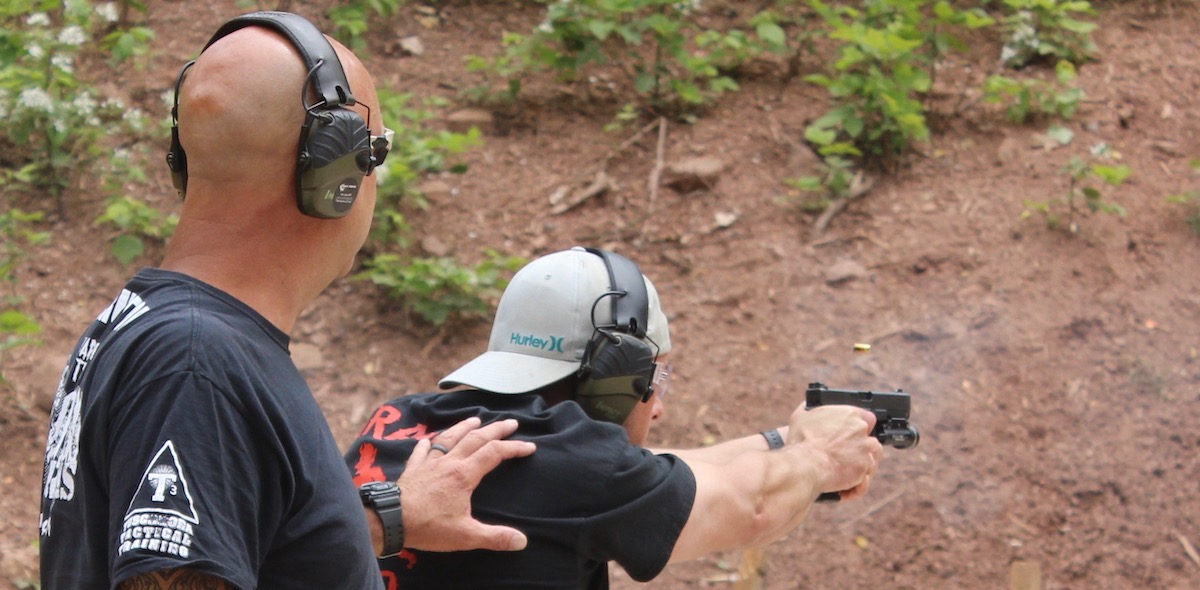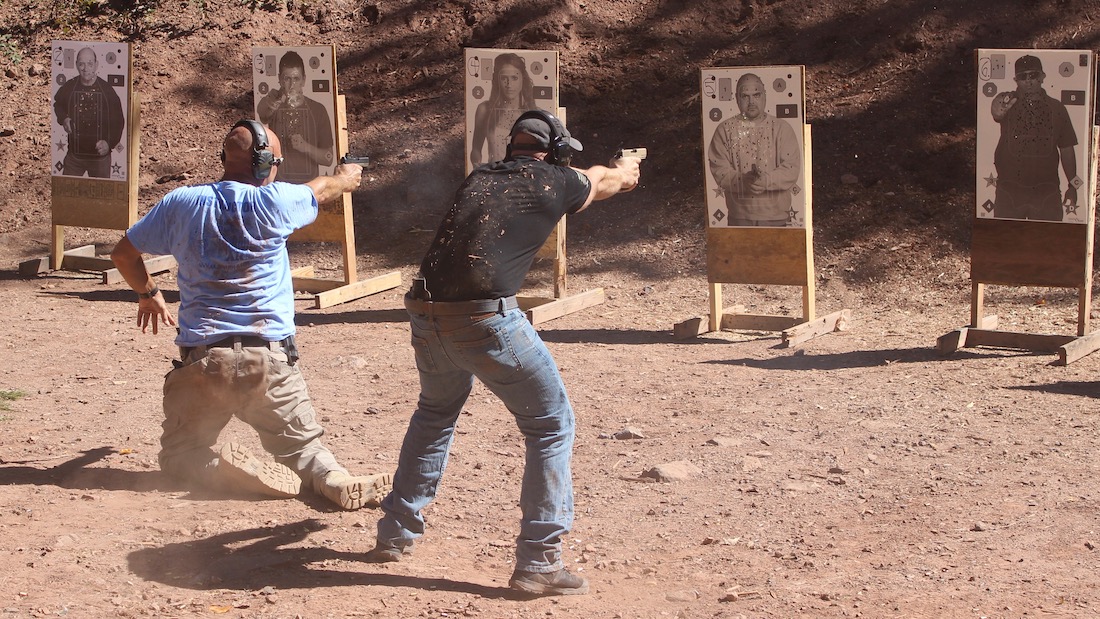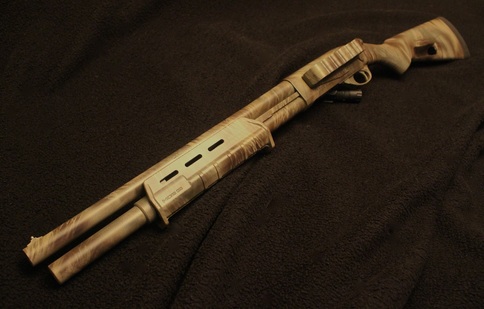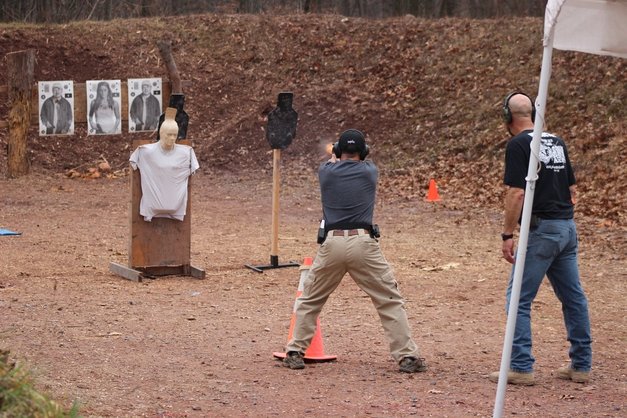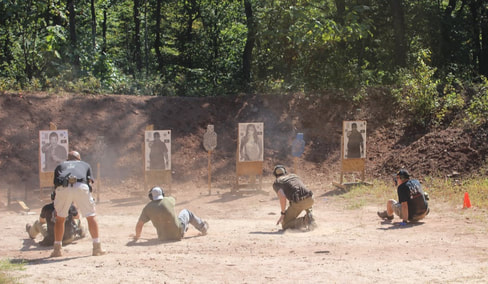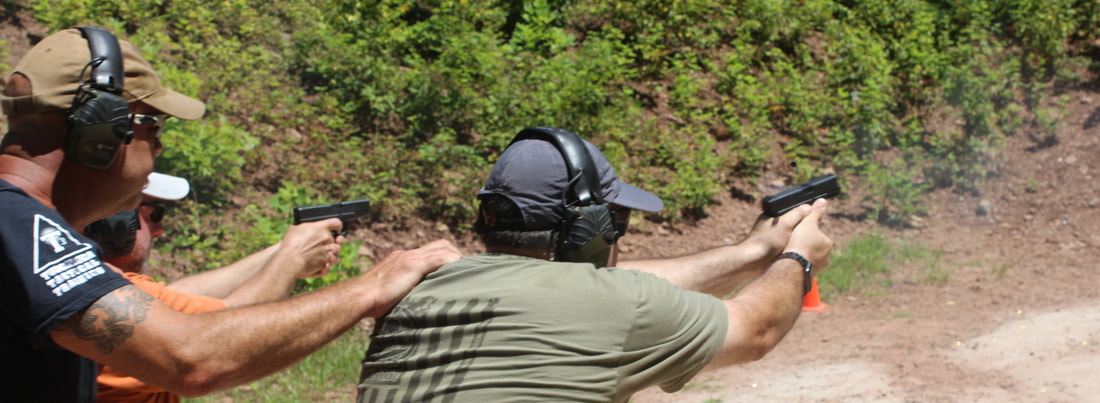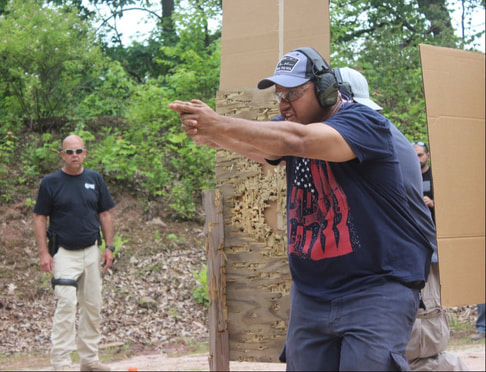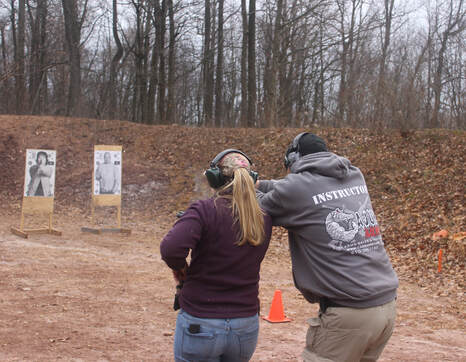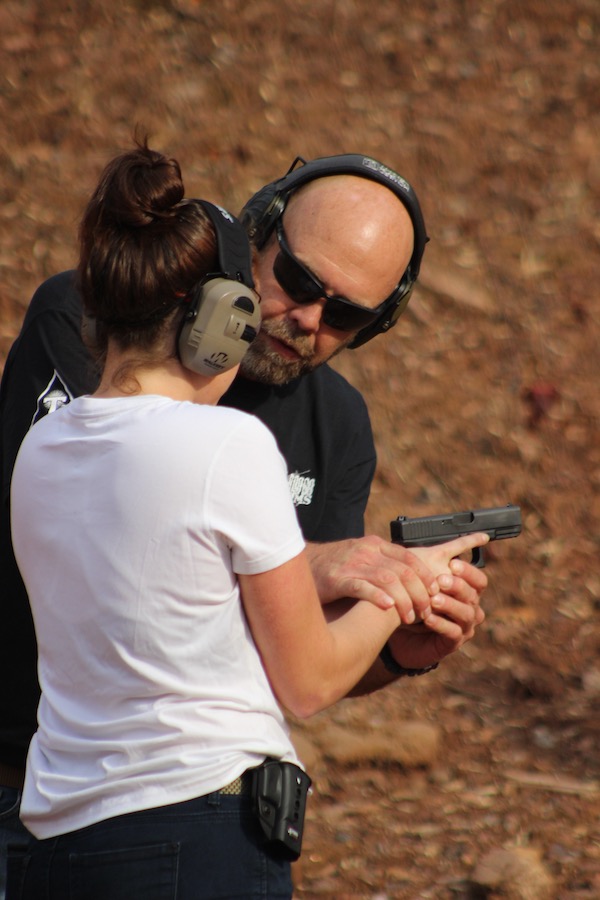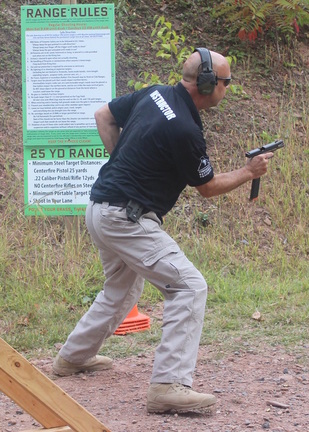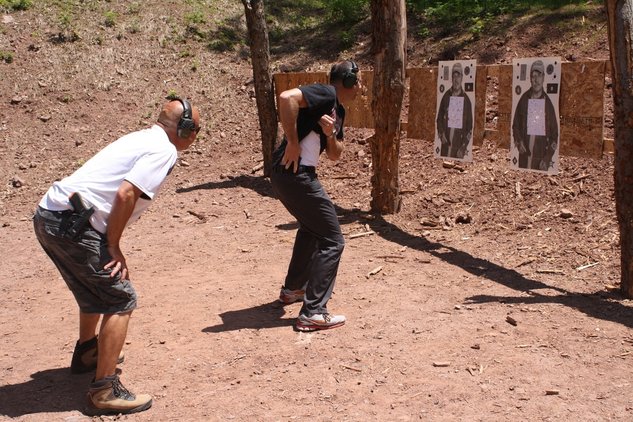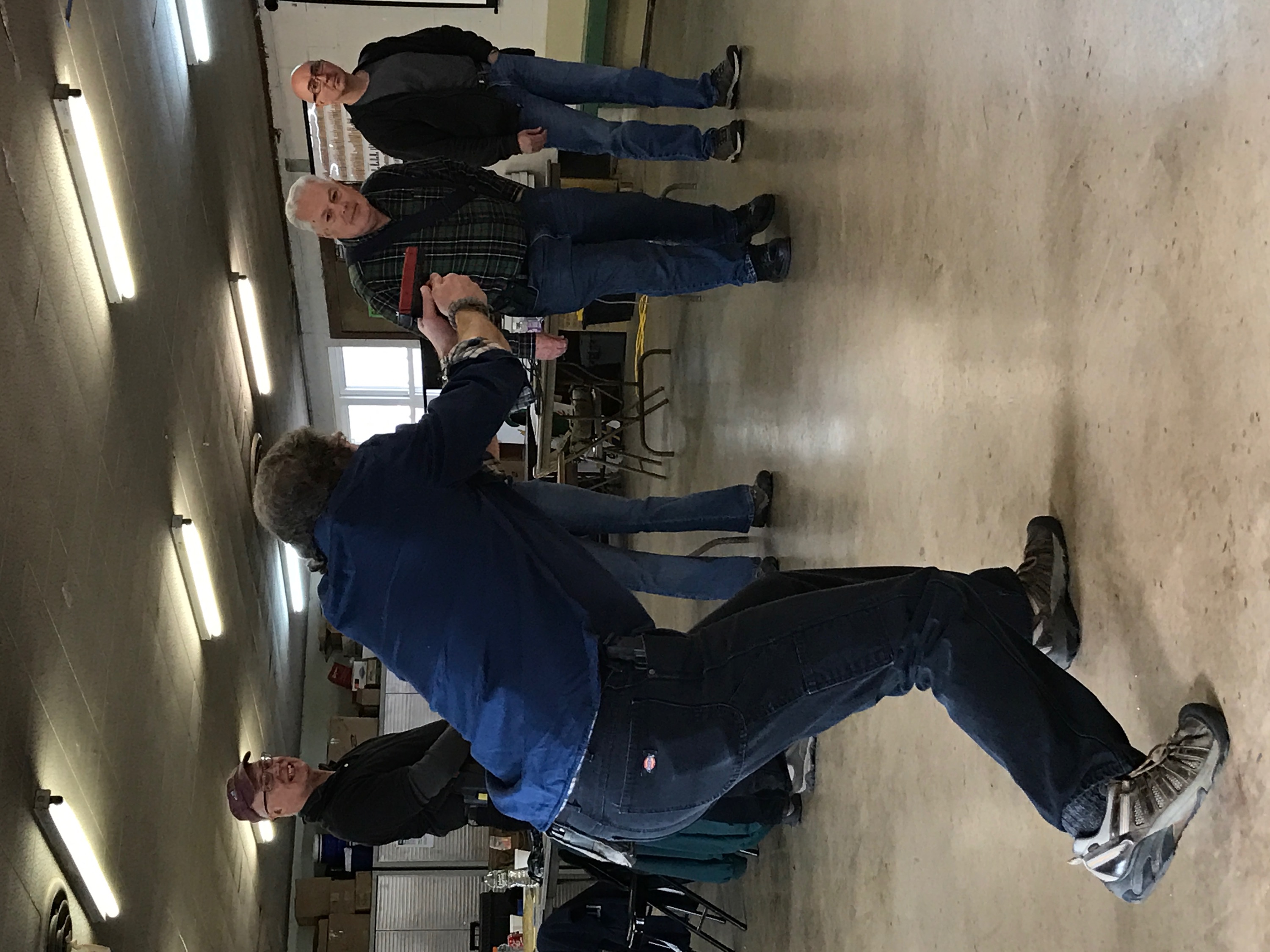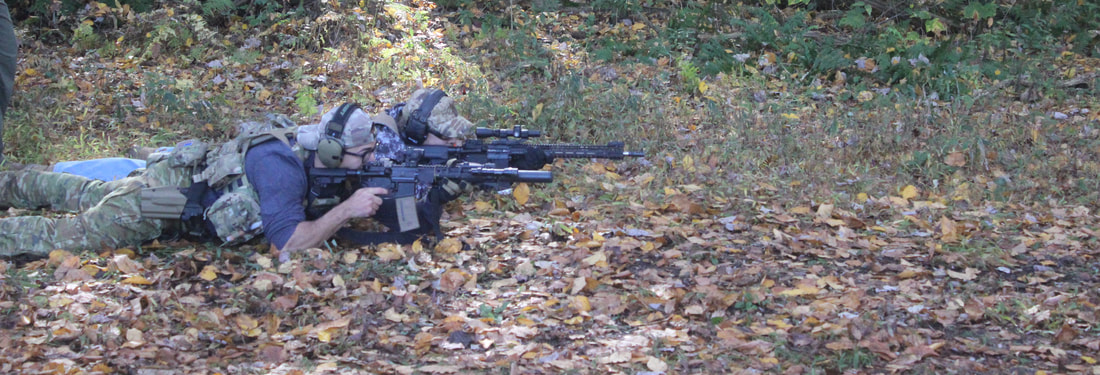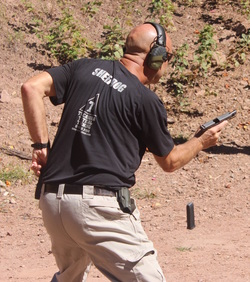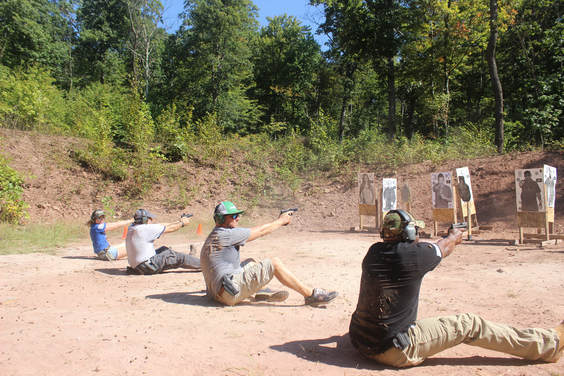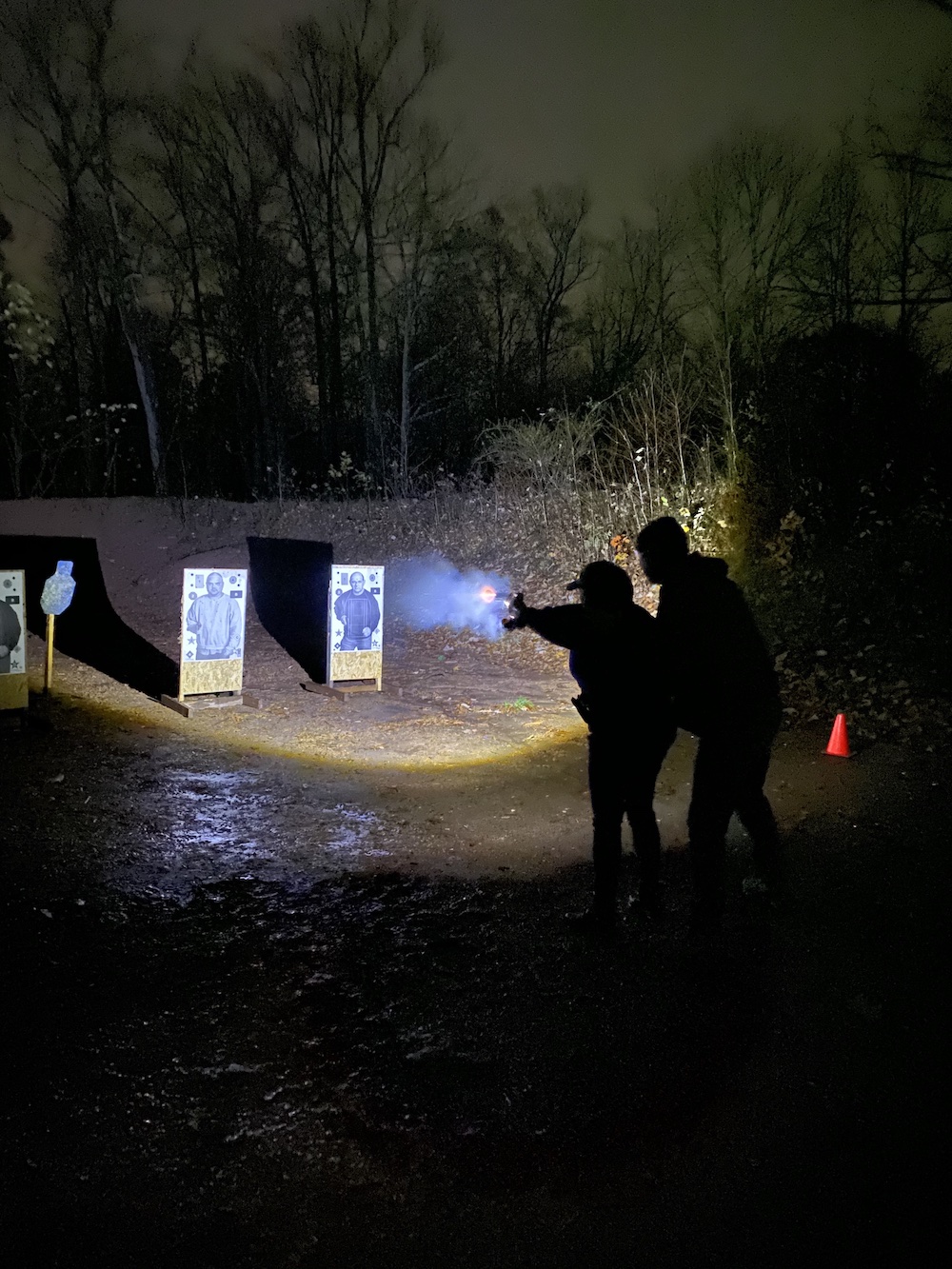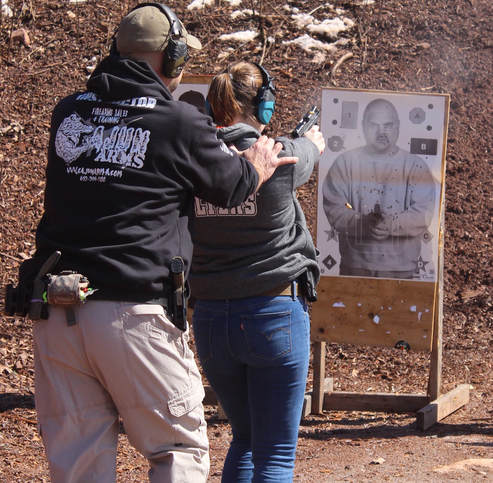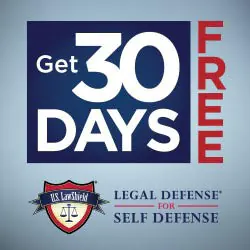Just as having a concealed carry permit does not ward off evil, neither does having a handgun in your car. Driving with a gun without a plan and training could potentially make a bad situation worse.
Train with a reputable company such as Cajun Arms in West Chester, PA and learn how to effectively stay safe while driving. Meanwhile, here are some guidelines we teach in class.... read more
Cajun Arms Blog
This is a cautionary tale that relates to what we often tell our students in class at Cajun Arms and during orientation at our local gun club.... read more
As we often say in our classes at Cajun Arms, “Every bullet that leaves your gun has a lawyer riding on it.” As a complete practitioner of the pistol, you need to be able to explain your actions that occurred during a defensive shooting or have a good lawyer available to do it for you.... read more
While working with hundreds of new students/shooters every year we notice more and more show up to class toting a subcompact or smaller pistol. As instructors, we had to adapt to teaching new shooters with guns that are less than ideal for early proficiency. Join Cajun Arms for a formal class and begin your journey to empowerment.... read more
You heard it. Perhaps we’ve said it to you in class. “Follow through.” Or, “keep your head down.”... read more
You know your training is progressing at a higher level when you’ve shot enough at the range to know what smooth feels like and as a result know if your speed is in line with your accuracy.
Walk before you try to run and come train with Cajun Arms and take your shooting skills to a higher level. See you on the range.... read more
Not following through affects your accuracy whether one shot is taken or multiple shots. In a defensive situation, not following though might cause you to miss the bad guy, not stop him, or miss seeing additional threats. Join Cajun Arms in a Defensive Carry class to gain better understanding of these important skills. See you on the range!... read more
So you are shooting pretty well standing up. How well are you shooting from a kneeling, seated, prone position, or from your back? You say you’ve never shot from those positions...... read more
Your safety is your responsibility. Whether you are armed or not. No one will be there to help you in the first crucial minutes of a violent and/or criminal incident. Can you react and affect whether or not lives are lost?... read more
shotgun magic... Remember, the shotgun is a 20 yard tool with buck shot and a 50 yard tool with slugs.... read more
Proper practice prevents poor performance.
Students often ask, "What Should I be Doing at the Range?" and we here take a phased approach based on your skill level. For beginners to advanced, we highly recommend starting each session with...... read more
Can you fire your gun from your back?
It is important to hone your skills in all settings and positions. Practicing different positions and techniques is not only fun, but has tactical advantages for example ground engagement can offer...... read more
Be a boss, you are in charge of your gun.
Shooting a gun is not a natural human action. Even experienced shooters will often flinch trying a new gun or caliber. Recoil anticipation is the number one shooting error! To add insult to injury...... read more
Think Before You Speak. Ensure your body language matches your verbal language. If feigning submission keep your chin tucked in, your hands up at the level of the assailant’s gun...... read more
Grab a Partner... the take away needs to be understood about the opportunity to have a like minded individual become your self-defense partner. Being with a person that is trained increases your odds of survival immensely.... read more
No good deed goes unpunished. If you feel compelled to give someone a few bucks on the street, keep in mind there are many “bad” people in this world that will kill you for what is in your pockets.... read more
Lead With Your Eyes (not your muzzle). The speed in which you look and scan should always far outdistance the speed that you move your gun. When a threat is identified, your gun will drive out to the target...... read more
Do you really wear all that cool guy gear every day? We encourage our intermediate and advanced students to come class with their real life carry gun and wear street clothes. Drawing from concealment and wearing jeans is much more realistic than sporting a drop leg, tight fitting shirt, and “shoot-me-first” pants.... read more
KNIFE VS GUN - Will you really be faster? Time is the most critical factor. You do not want to stand frozen in place toe-to-toe with the assailant. You must control time and space.... read more
Just when you think you’ve seen it all… you haven’t! One of the items that bugs the heck out of us is home built AR carbines and pistols, whether built by the owner, a buddy, or some one-off “shop” assembler...... read more
Get your reps in to help program your reaction time... As cliche as it may sound, smooth is fast. Smooth is how you change mags. Smooth is what can save your life...... read more
Will you keep fighting if injured? When you are hit, your resolve must grow stronger, not weaker. Your focus must shift to launching a counter attack so fierce that your opponent will be looking for a way out.... read more
Beware of the YouTube Ninjas! The armed citizen has an obligation to prevent bad guys from victimizing them. Yes, there is a strong chance that a life or death encounter may occur at night. However, there is rarely an encounter that will happen in total pitch-black darkness.... read more
Get athletic with Cajun Arms. Think Linebacker. A solid stance promotes more accurate hits at a faster speed. It allows you to move if needed and minimizes felt recoil from your gun.... read more
Fight, assess, scan, top-off.... If you’ve taken our classes, even if just a level one class, we start to have you scan after running a drill. If your focus is just on the guy that’s coming with a knife, you will not see his buddy waiting in the shadows ready to launch.... read more
